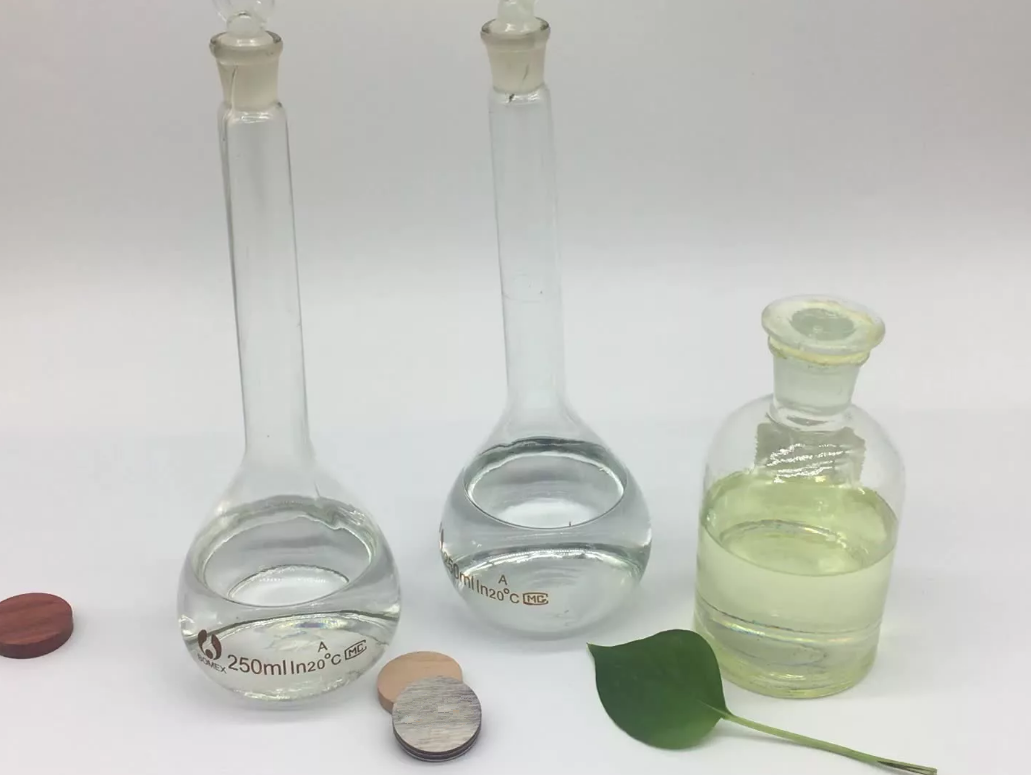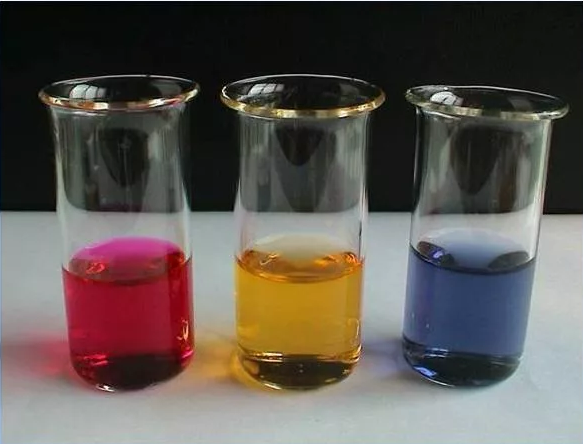
Overview of Potassium Bromate Titration
The chemical formula of potassium bromate is KBrO3 in an acidic solution. When potassium bromate reacts with reducing substances, BrO3 is reduced to Br. The half reaction is: BrO3+6H+5e⇌Br+3H2O. When using potassium bromate titration, it is often used in conjunction with the iodometric method, that is, use an excess of potassium bromate standard solution to interact with the water sample to be tested, and the excess potassium bromate of the standard solution interacts with potassium iodide in the acidic solution, and the free iodine in the sample is separated out for reuse. Na2S2O3 standard titration solution for titration operation. At present, this indirect potassium bromate titration method is widely used in the analysis of organic matter in water.In actual water quality testing, experimenters usually add excess potassium bromide to the potassium bromate standard solution, which will increase the stability of the solution. However, when the solution is acidified, bromate will oxidize and precipitate free bromine. Therefore, the potassium bromide standard solution is equivalent to the standard bromine solution, and if the free bromine reacts with the reducing substances in the water, the excess bromine will react with the potassium iodide in the water sample to precipitate stoichiometric iodine. It can be titrated with Na2S2O3 standard titration solution.

Detection of phenol in water
Potassium bromate is added to the water sample containing phenolic organic matter. After the water sample is acidified, the free bromine produced by the excess potassium bromate standard solution can replace the hydrogen in the phenolic organic matter. After it is completely reacted, the excess bromine will be reduced by potassium iodide and then precipitated Iodine is then titrated with Na2S2O3 standard solution, and finally the concentration parameter of phenol organics in the water sample is calculated according to the consumption of Na2S2O3 standard titration solution. The calculation formula is as follows: cV1*15.68*1000/V water.However, in actual use, the phenolic compounds contained in water samples are often mixed. Because of the results measured with potassium bromate, if you calculate with phenol, you can only get the relative content of phenolic compounds.



